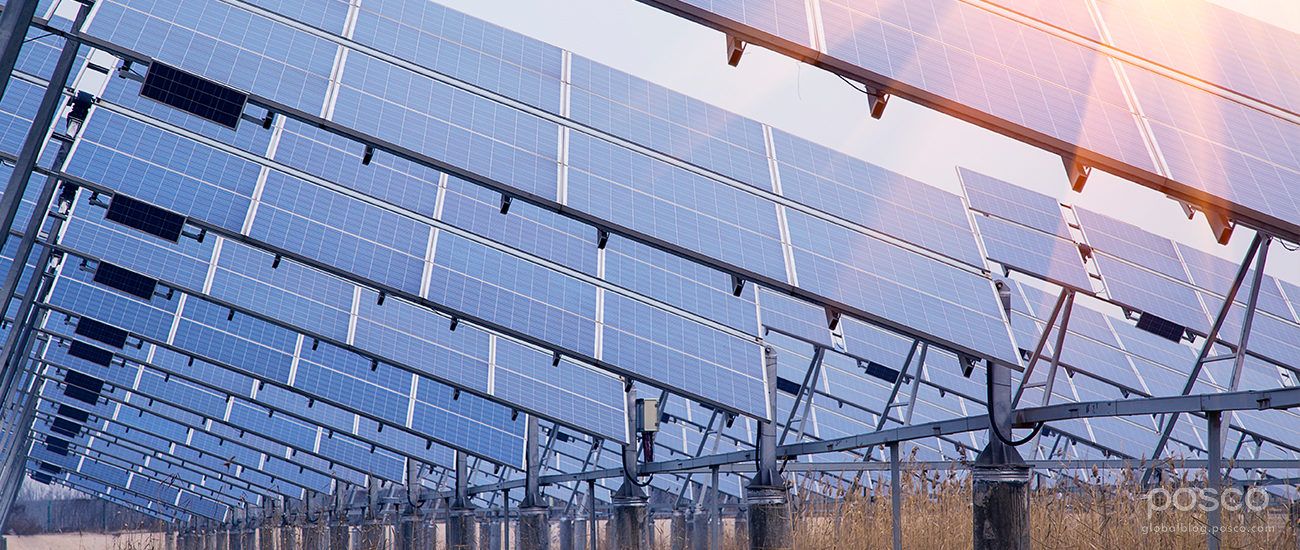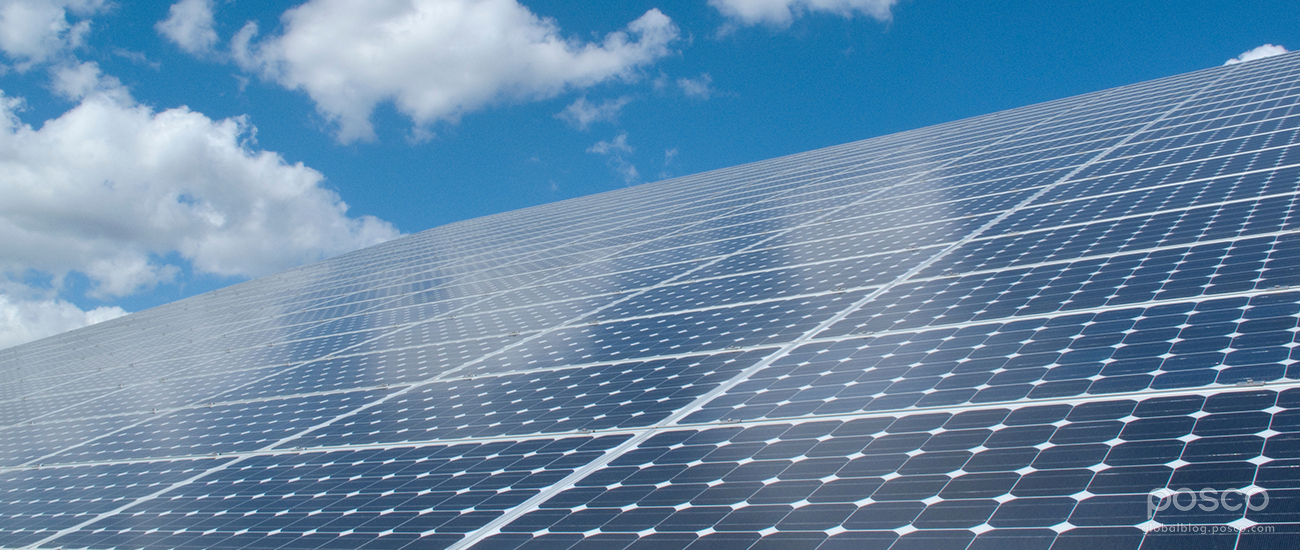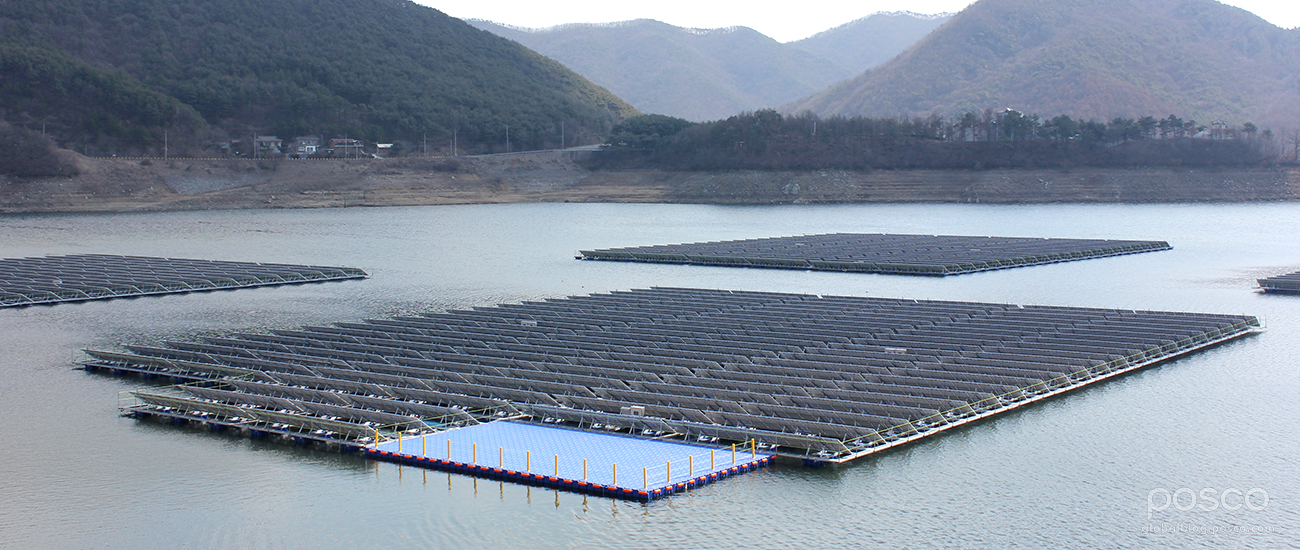Bioenergy, Not a Choice
The whole world is going through a severe climate change, even breaking the highest temperature record in history. The concentration of carbon dioxide measured in Hawaii at a high altitude is now above 407ppm.
The United States Government has announced a supporting policy that highly induces photovoltaic (PV) energy usage among the whole land. The government has set up a goal to have 1 giga-watt per PV amount for low-income houses built with federal government subsidies by 2020. This goal has been increased to 10 times of what the president Obama initially tried to build for ‘The Climate Action Plan’. The reasons that are strongly urging this plan is to decrease the energy levels of low-income households and to increase the number of available jobs.

And it’s not just the U.S. The whole world has reached the record of increasing the total amount of bioenergy by 147 GW in 2015. 173 nations have determined the initial goal amounts of bioenergy, and 146 nations are currently executing the terms of the bioenergy supporting policy. The bioenergy is now economically efficient enough to compete with fossil fuel, and Germany has set up goals to have over 50% of total power production to come from bioenergy. The current plan is to increase the PV generating unit by 6~7 GW through replacing old equipment and other steps.
Even though Germany usually has less sunshine than Korea because of its lower latitude, the PV generating unit reaches almost 35% of its total output during sunny weekdays and 50% during weekends. Germany is a sunlight generating country, with a 40 GW PV generating unit and a 1.5 million PV generating unit within its limits, based on records from late 2015.
It is now a trend to make ‘100% bioenergy’-run cities, communities, and companies all over the world. Developed countries are not the only ones trying to strengthen financial support for establishing ‘bioenergy’ supplies, overcome their energy security initiative and current environmental problems; developing countries also are working towards addressing these issues. An interesting point about this trend is the associated time period of inexpensive fossil fuel.
Reasons for Solar Energy Becoming Popular

The two types of bioenergy that could be applicable for commercial use are wind energy and solar energy. Wind energy should be used in an area with wind speed that is at least 5~6m/sec, and because of noise pollution, wind energy tends to be used in offshore wind parks.
However, since building solar energy outlets is not costly and is able to be installed on any type of land, it is rapidly spreading.
A solar battery that is commonly used is the PN junction, an N-type semiconductor that spreads phosphorus, superimposed on P-type semiconductors with boron added to high-silicon single crystal. When the sun shines on the solar battery, the electron can freely move through its intended opening by the energy that sun possesses. The electron then leans on the surface of the N-type semiconductor and the hole on the P-type semiconductor. Therefore, the voltage differentiation from the upper and lower surfaces of the solar battery creates an electric current. Then, the accumulated current turns into electricity.
The PV generating unit continues to work by generating electricity until the sun shines, so future produced energy will be developed into solar energy, which produces the infinite resource.
There are already more cases regarding 100 kilo-watt electricity sources being produced by installing PV panels on available spaces, such as large parking lots, reclaimed land, or the roofs of factories. For detached houses, 3kW electricity can be produced on the roof, and apartments can produce 250~500W of electricity using the lower space of windows near back porches.
In the future, if Energy Storage System (ESS) and PV-developing districts can be combined, some sources of thermal and nuclear power could be replaced because a new stable electric power supply will be available without a constant amount of sunlight generation.
Outstanding Steel Technology Needed for Creation of Sunlight Generating Unit

Boryung Dam Water Solar Power Plants constructed from PosMAC, a corrosion-resistant alloy from POSCO.
The life of PV generating units that produce solar energy is around 25~30 years. Therefore, the durability of the equipment is very important. The costs of PV generating units can be divided between solar modules, solar inverters, unit structures and construction. The solar module and inverter makes up 50% of the cost, and the construction fee makes up for the remaining 50%.
The most important part of solar modules is their effectiveness. A module produced from high-silicon single crystal should be selected, and the rated output within 12 years will be 90%, while the rated output within 25 years will be 80%. The construction should be able to withstand the load and stress from severe natural disasters, including rapid temperature change or storms, and should not deteriorate or corrode even with long-time exposure to the sun.
The strongest construction of solar power plants uses weatherproof and corrosion-resistant surface preparation steel sheets. POSCO, especially, is lowering the cost of construction by developing various steel machinery and fixtures to create PV panels more easily. Solar generating units can build their competitiveness as a future energy source with the support of outstanding steel technology.
Written by science technology columnist Dr. Junjeong Lee
The opinions expressed in this POSCO Report piece are the author’s own and do not necessarily reflect the views of POSCO.
